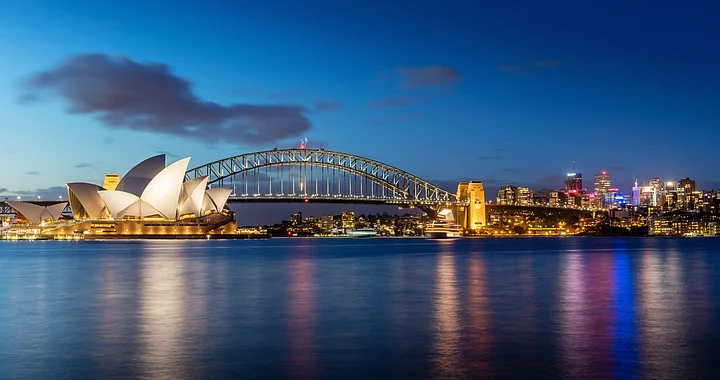Australia, on Monday, 1 November, lifted the curbs on its international borders for Australian citizens and permanent residents for the first time since the COVID-19 pandemic hit the country, Reuters reported.
Australia had closed its borders in March 2020, imposing very strict rules that included disallowing Australian residents from leaving the country.
Previously, Australia allowed a limited number of citizens and permanent residents to return from abroad, but with a compulsory 14-day quarantine in a hotel whose costs they had to bear on their own.
After more than 18 months of restrictions, the Australian government has allowed vaccinated citizens to travel freely without the need for permits or mandatory quarantines on arrival.
Australian Prime Minister Scott Morrison said that it was "time to give Australians their lives back," BBC reported.
The removal of travel restrictions, however, does not apply to the whole country.
Due to different states and territories having vaccinated different proportions of its people and also having differing policies, regions like New South Wales and Victoria comprising of 26 million Australian people combined, will permit entry to all international travellers without any restrictions or quarantines.
But the state of Western Australia, for instance, does not even have a re-opening plan in place.
Foreign travellers are still not permitted to enter Australia, except from neighbouring New Zealand.
Talking about the tourism sector, Sydney Airport CEO Geoff Culbert remarked that they "still have a long way to go in terms of the recovery of our [their] sector, but allowing fully vaccinated Australians to travel without quarantine will provide the template for bringing back students, business travellers, and tourists from all over the world", Reuters added.
(With inputs from Reuters and BBC.)
(At The Quint, we question everything. Play an active role in shaping our journalism by becoming a member today.)
